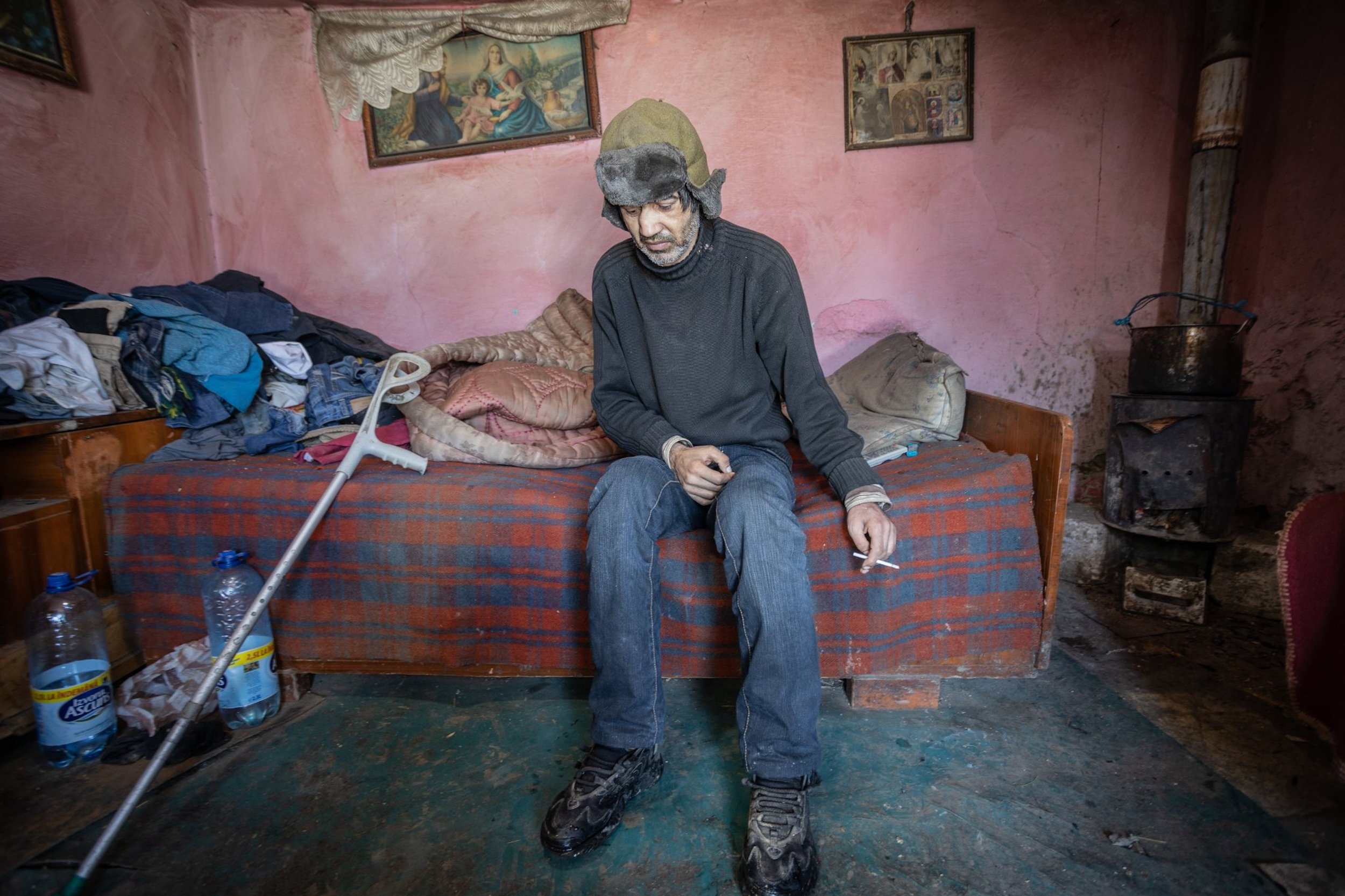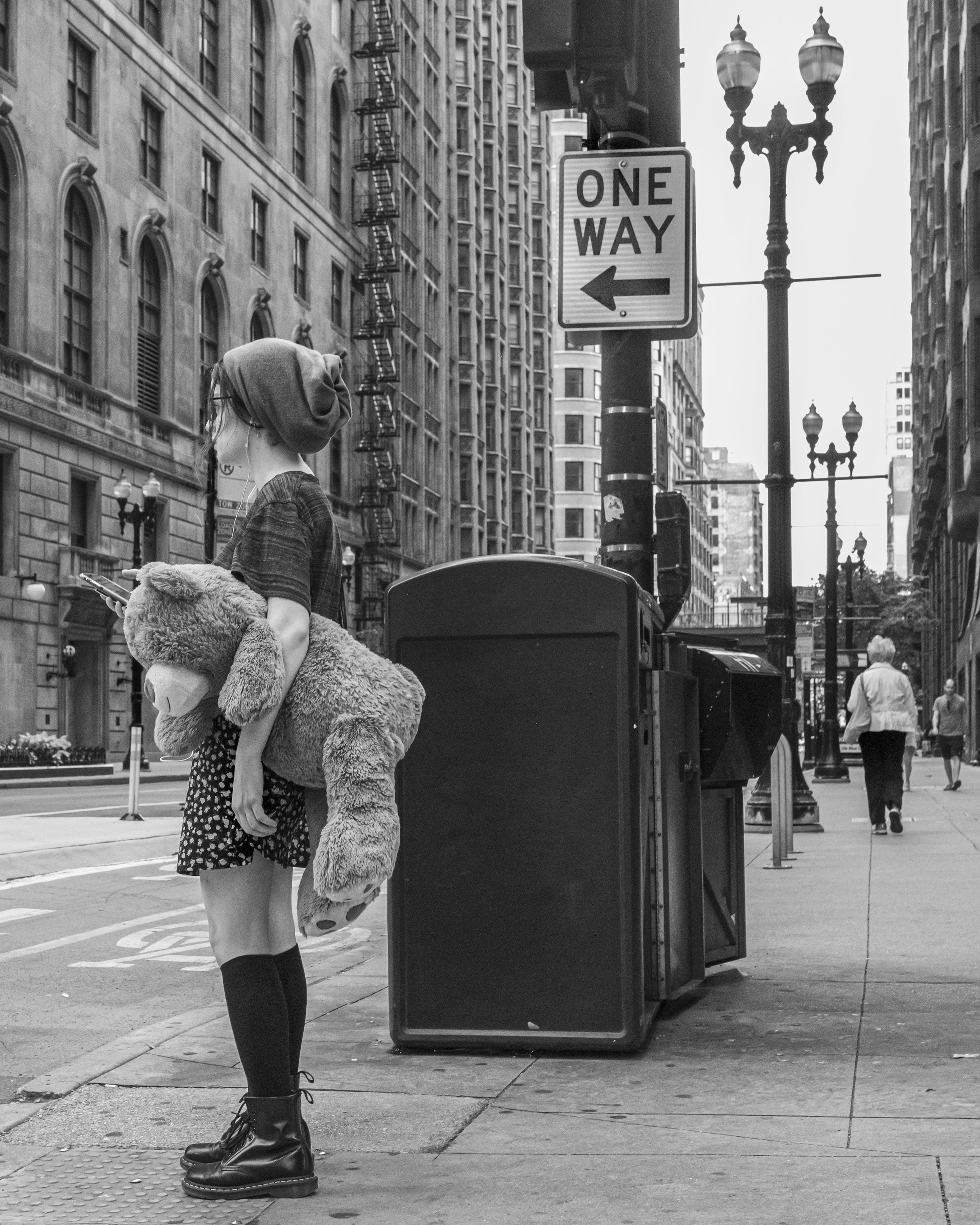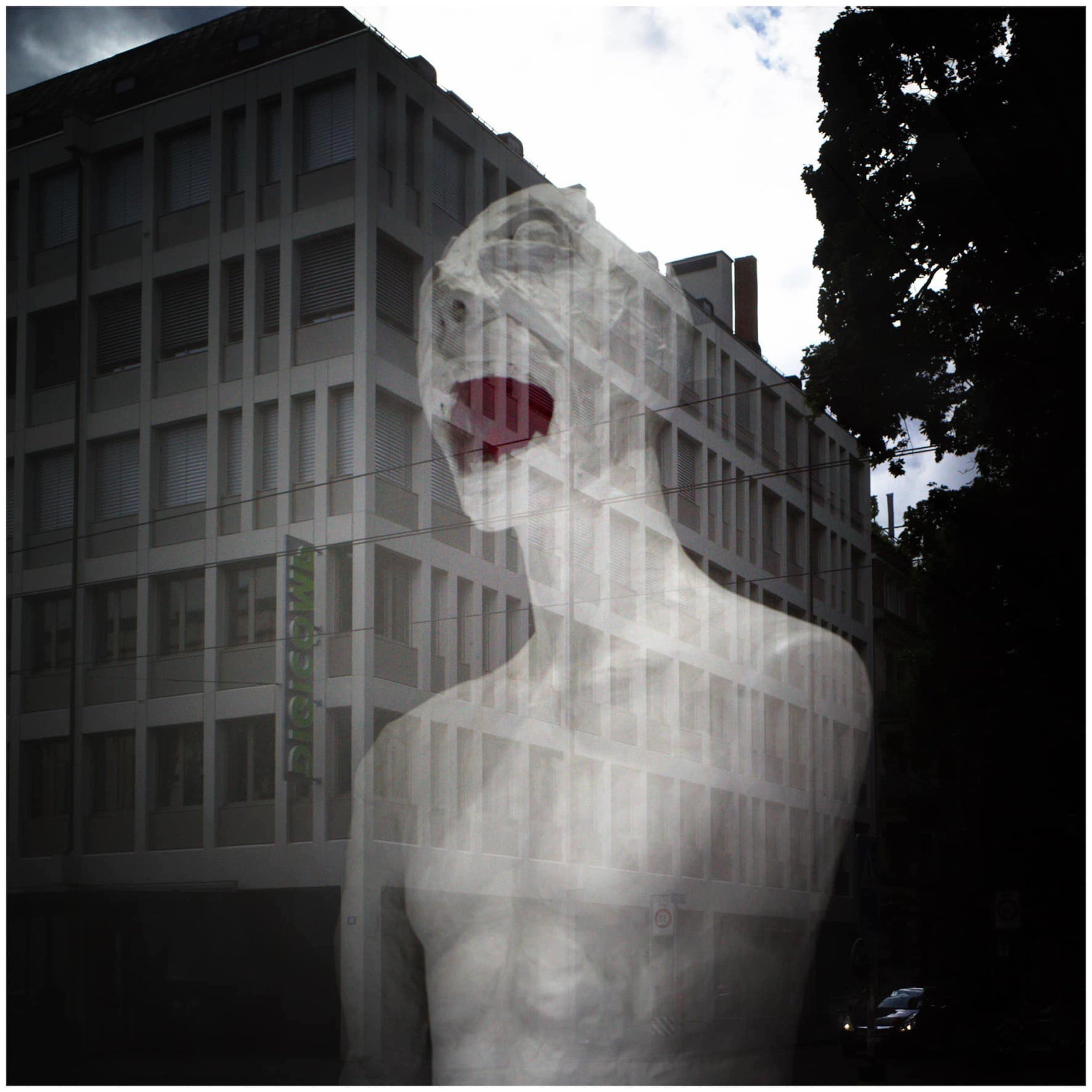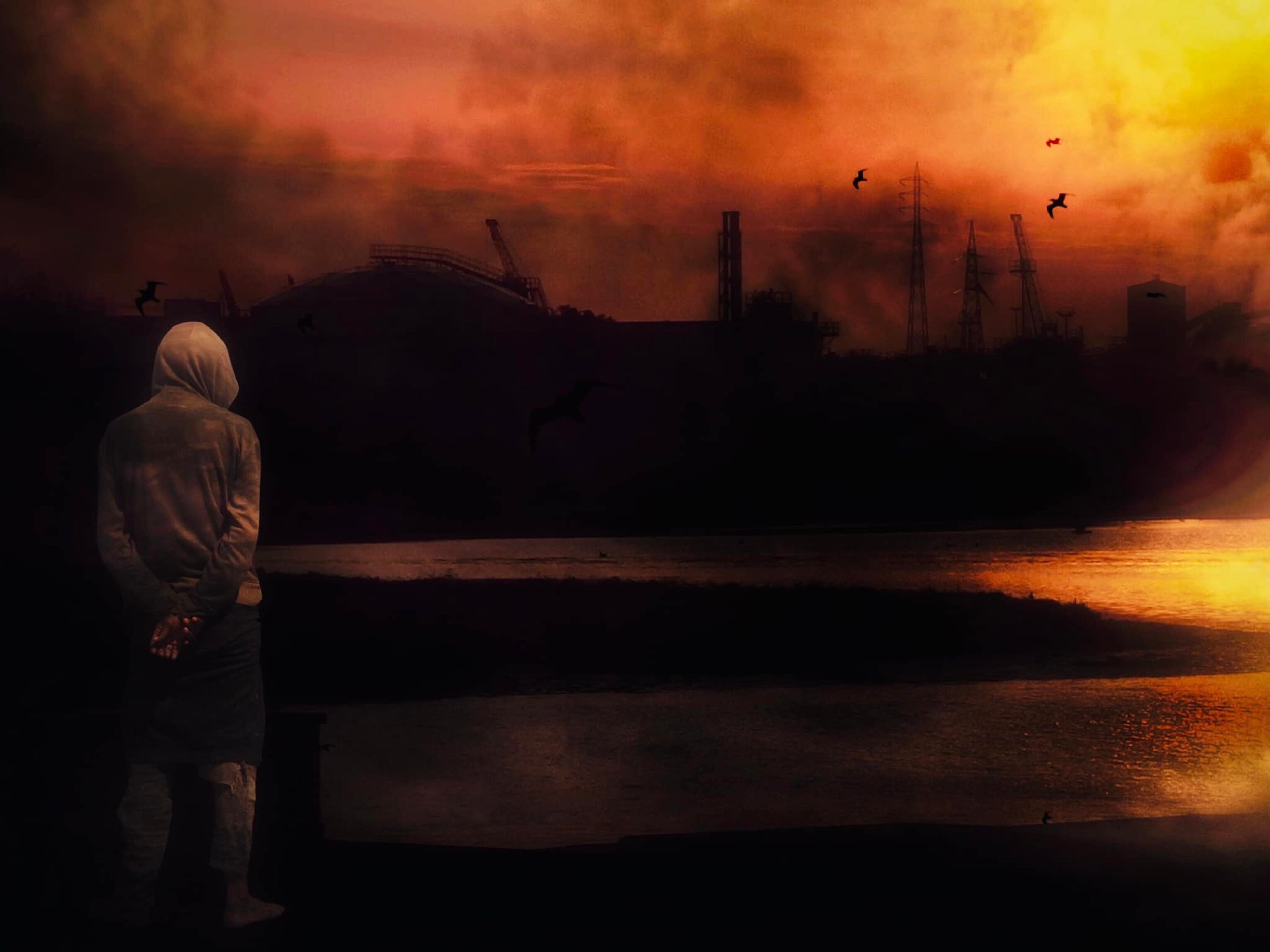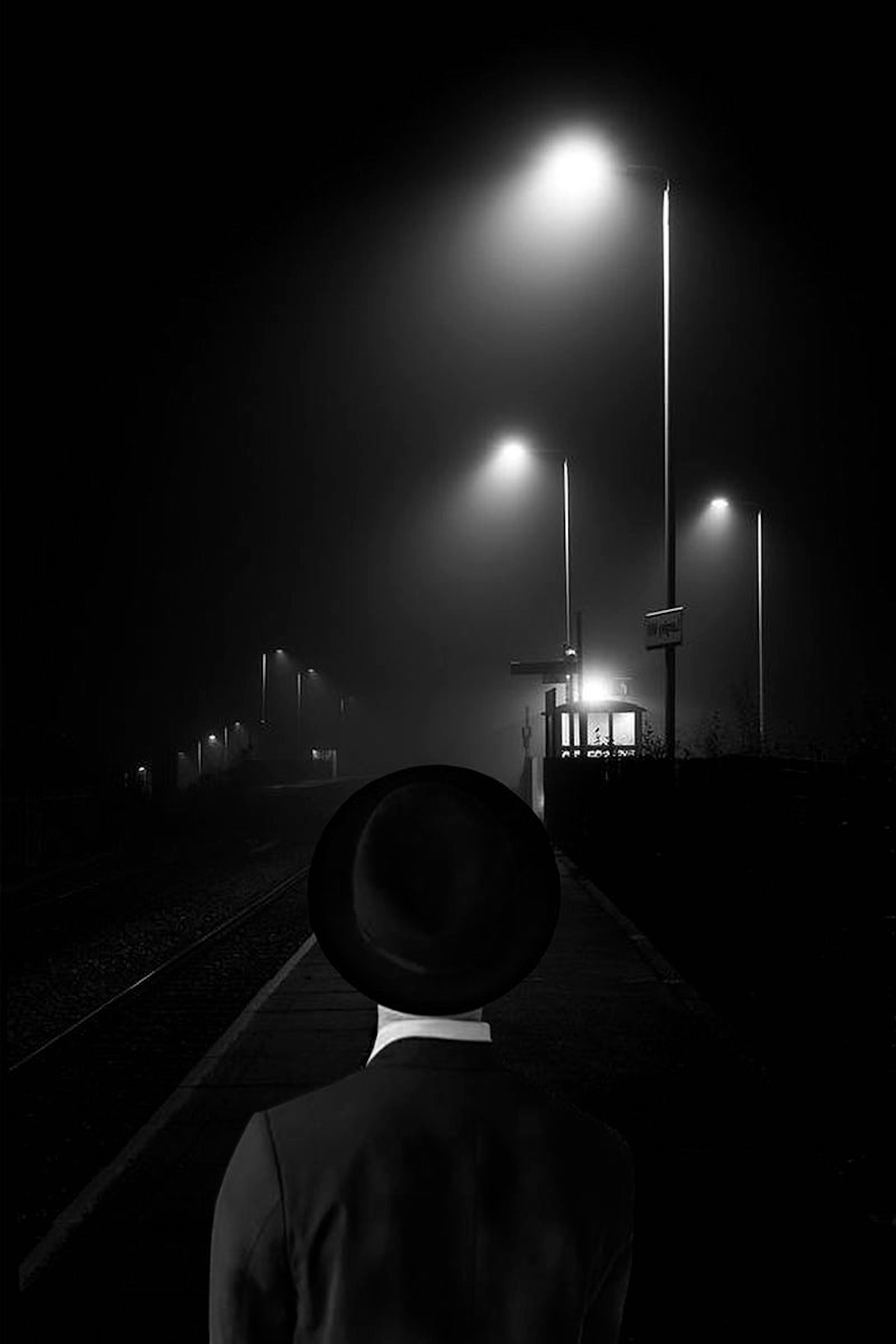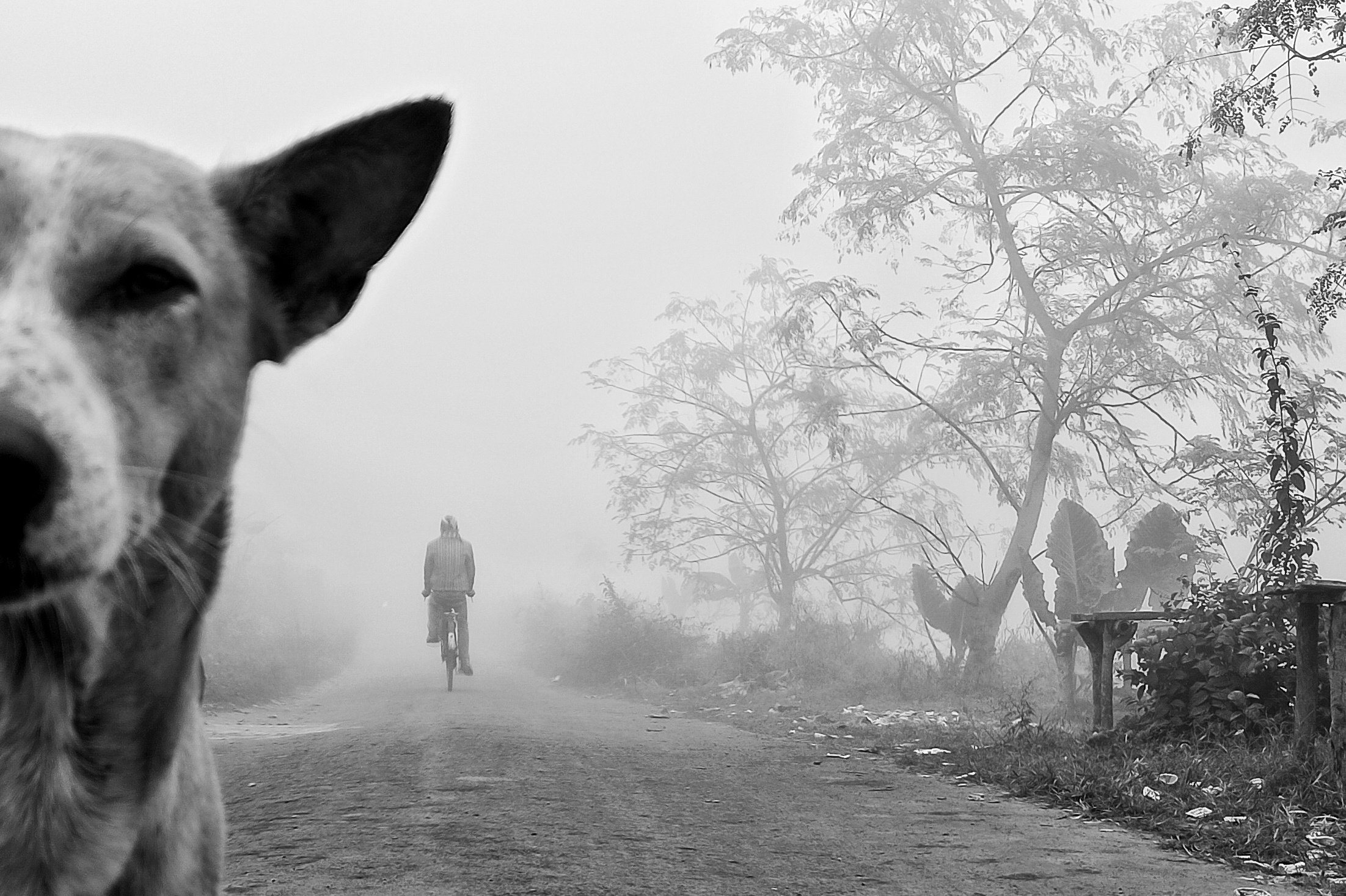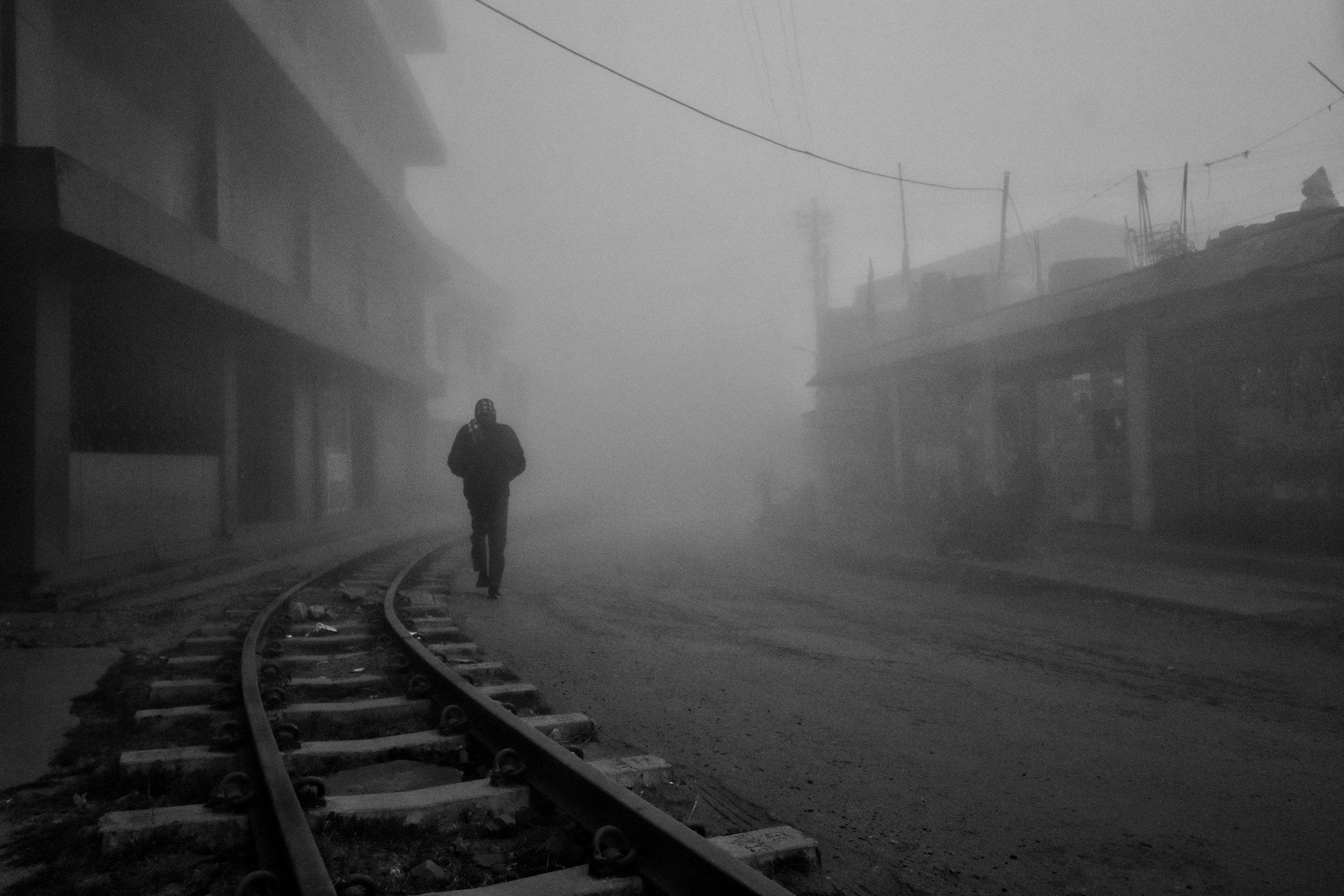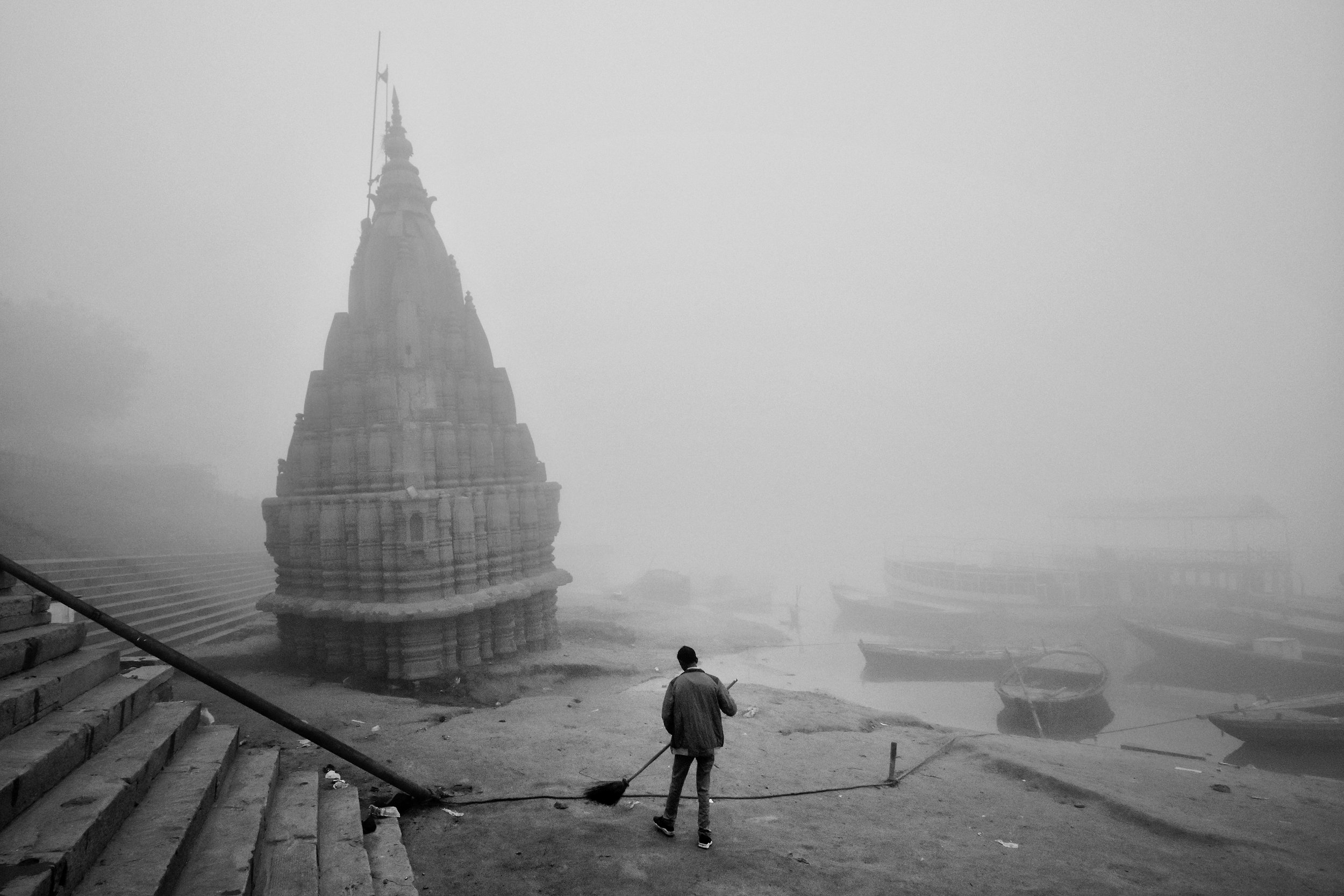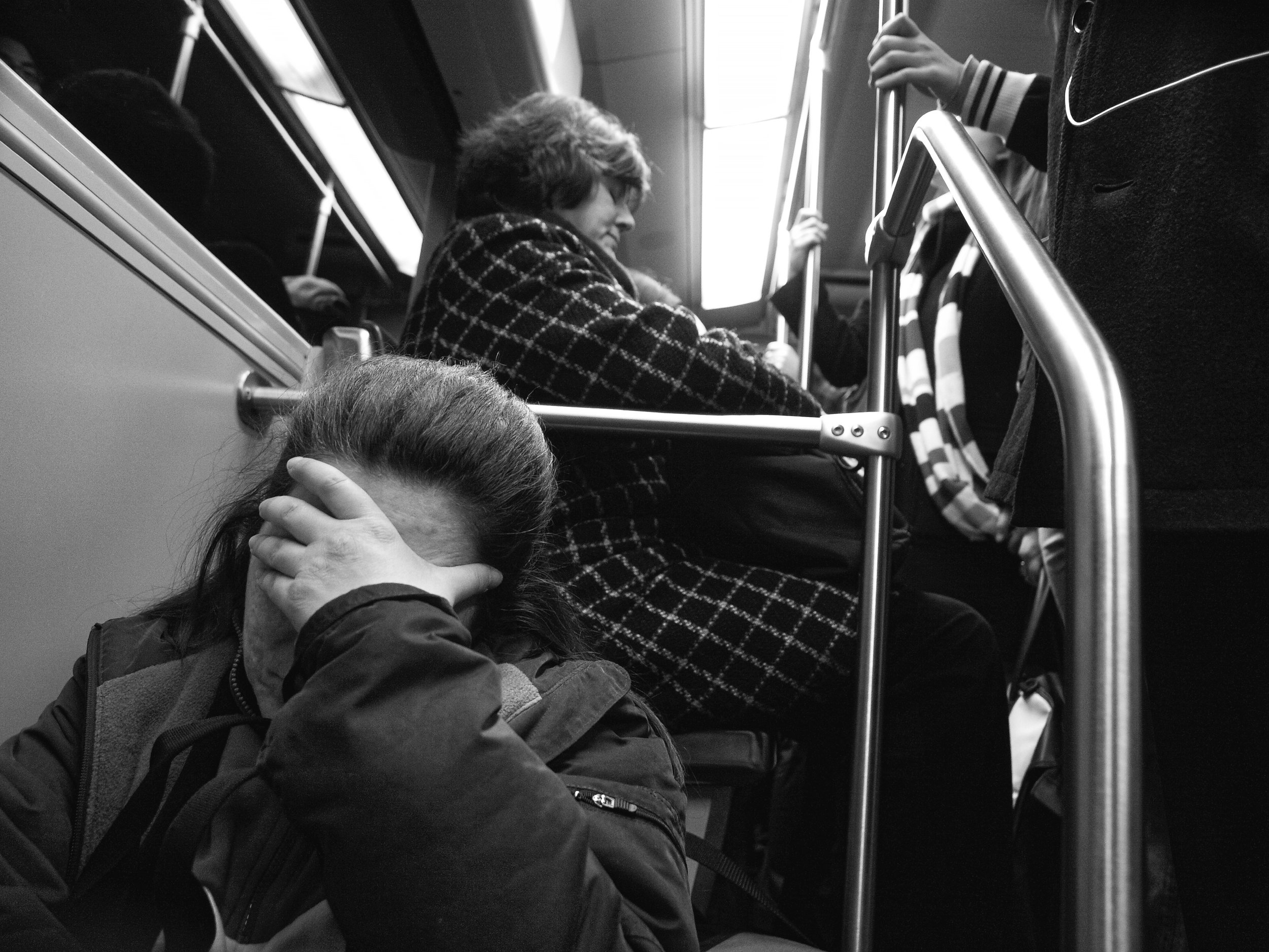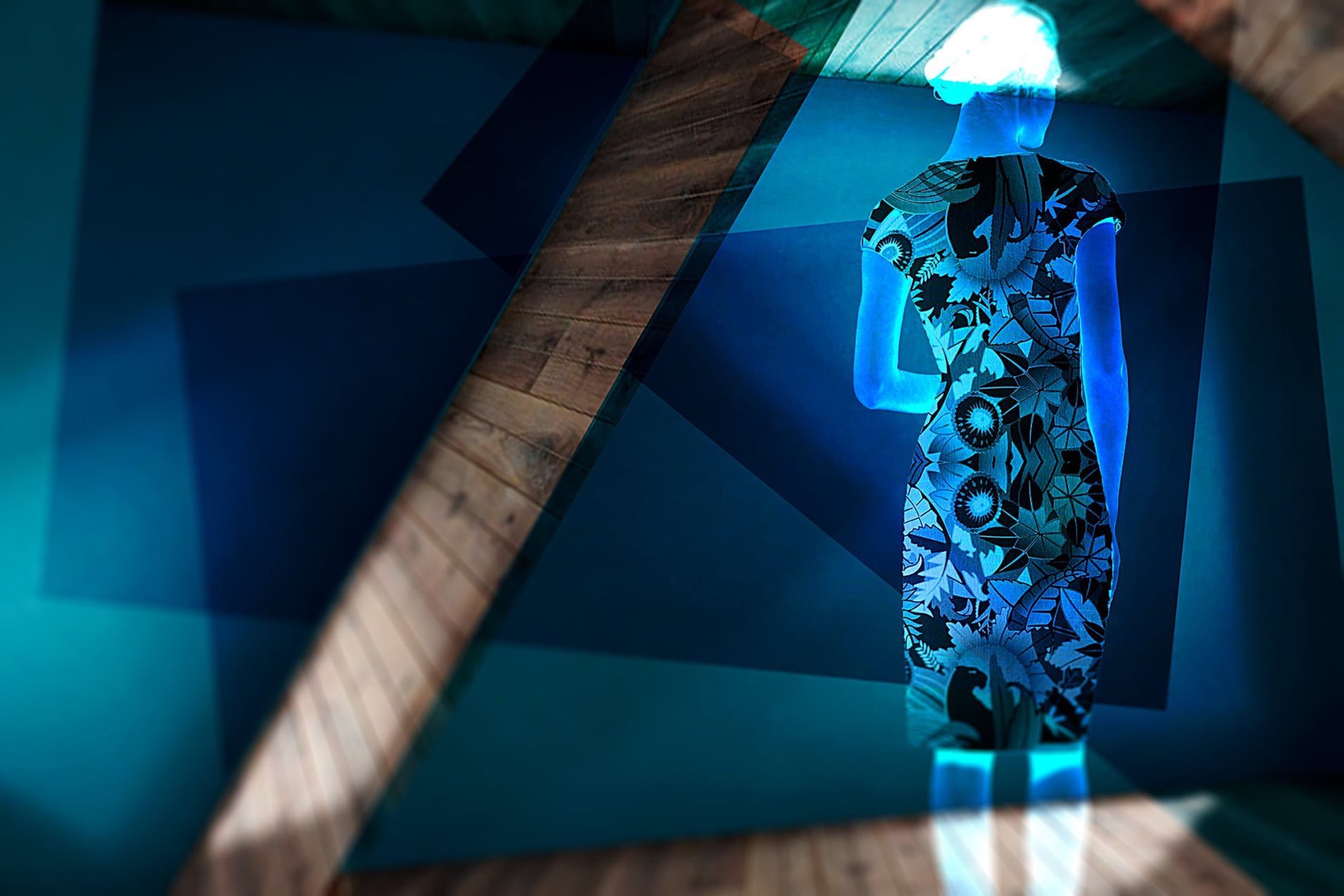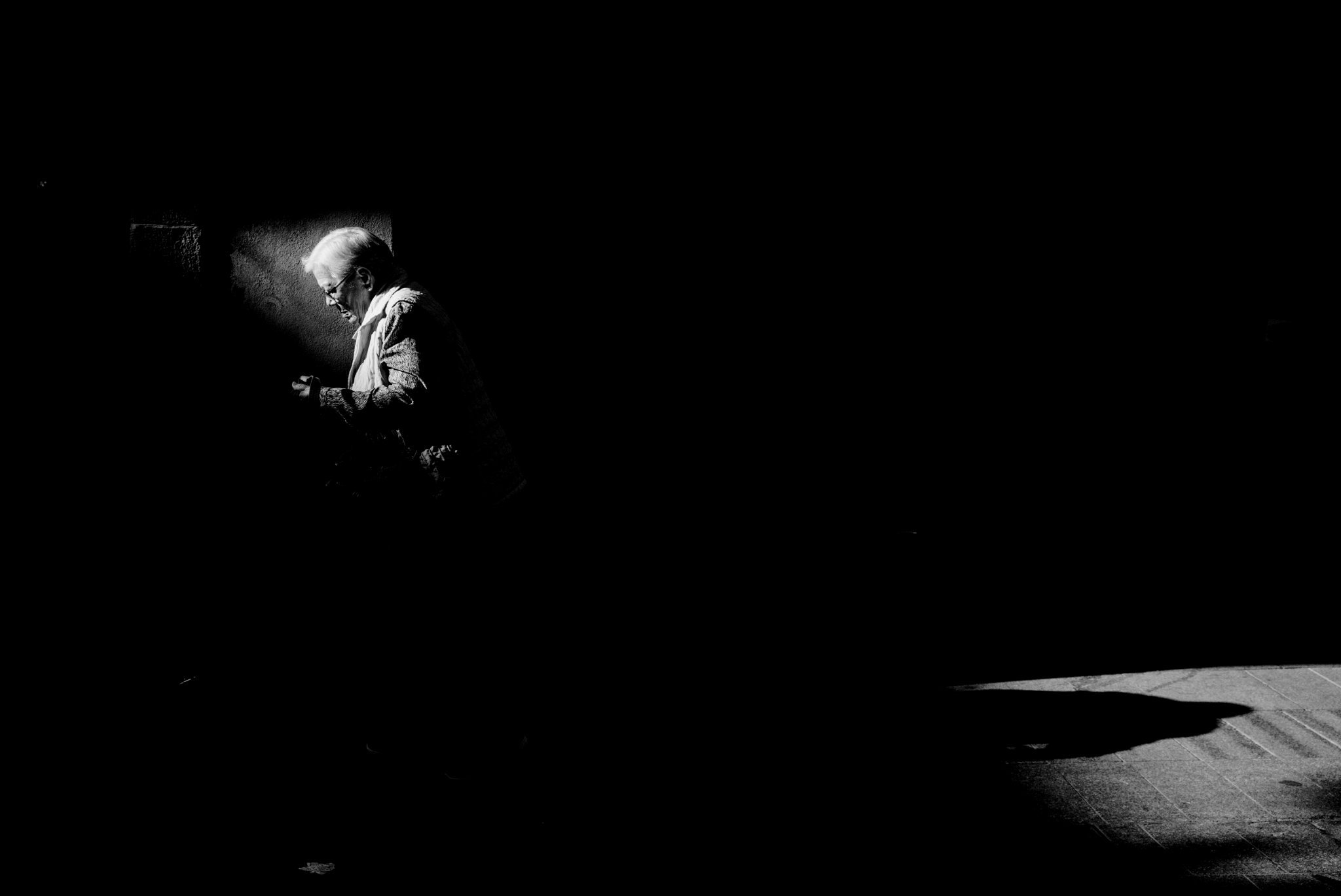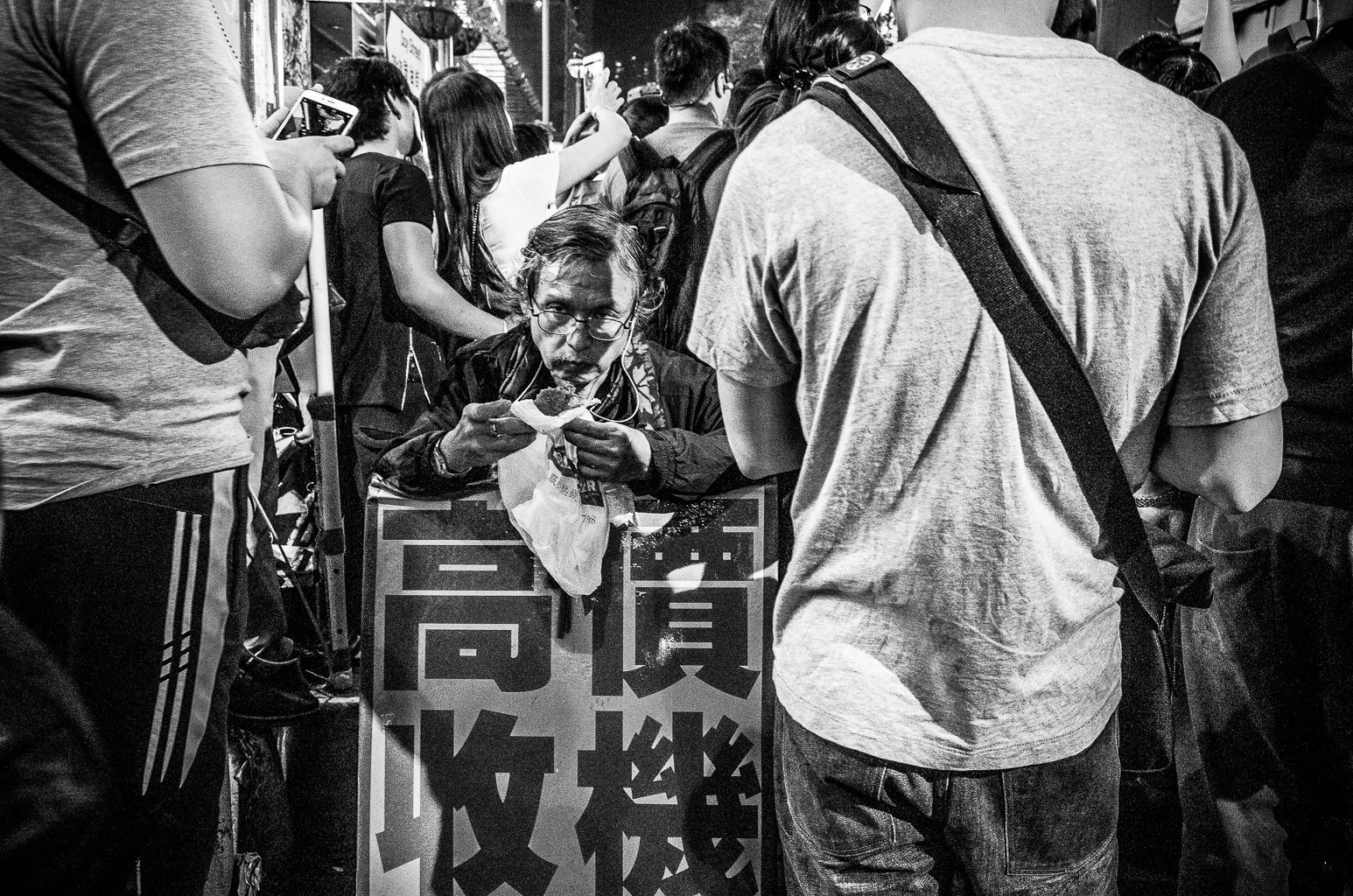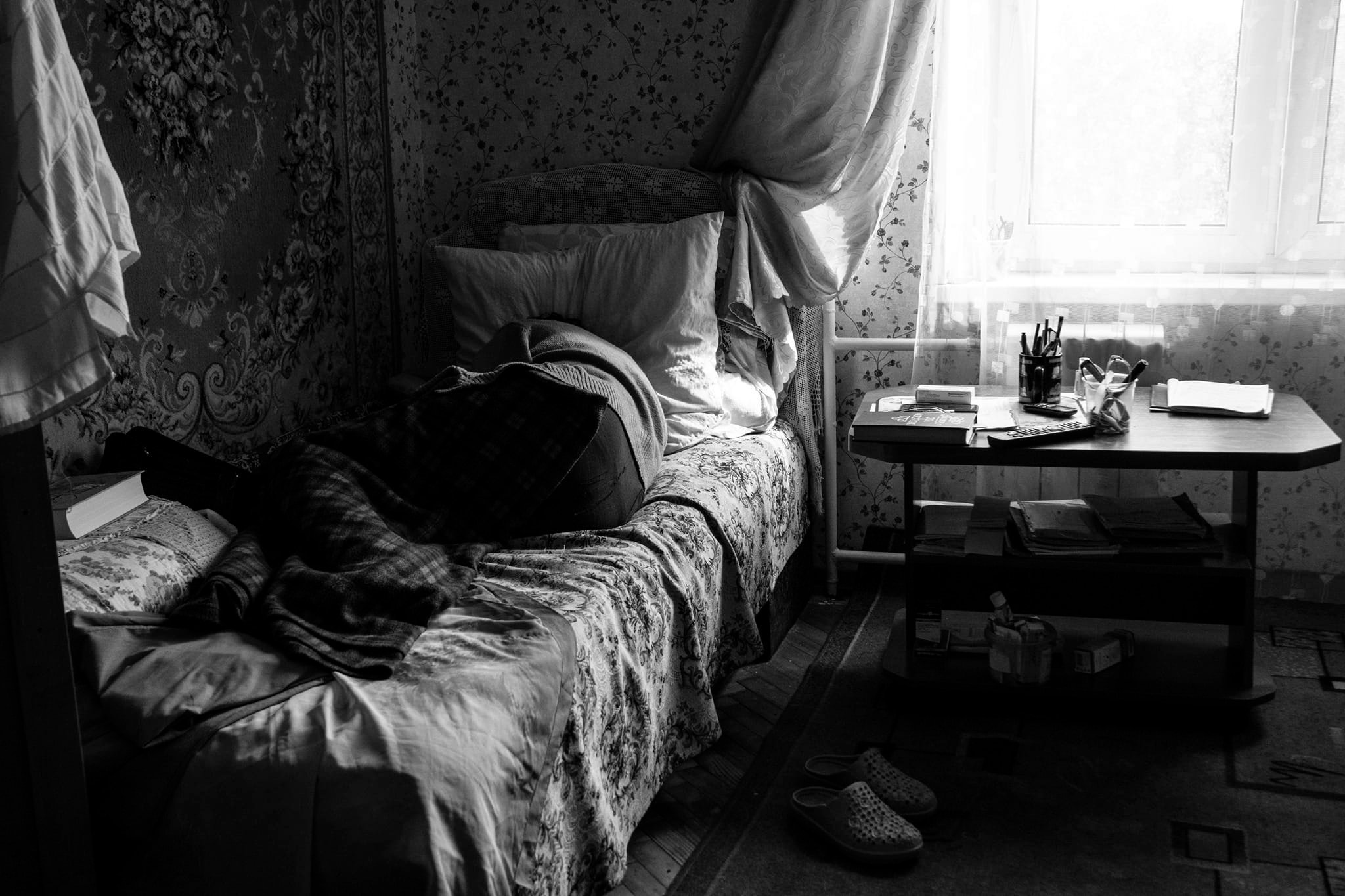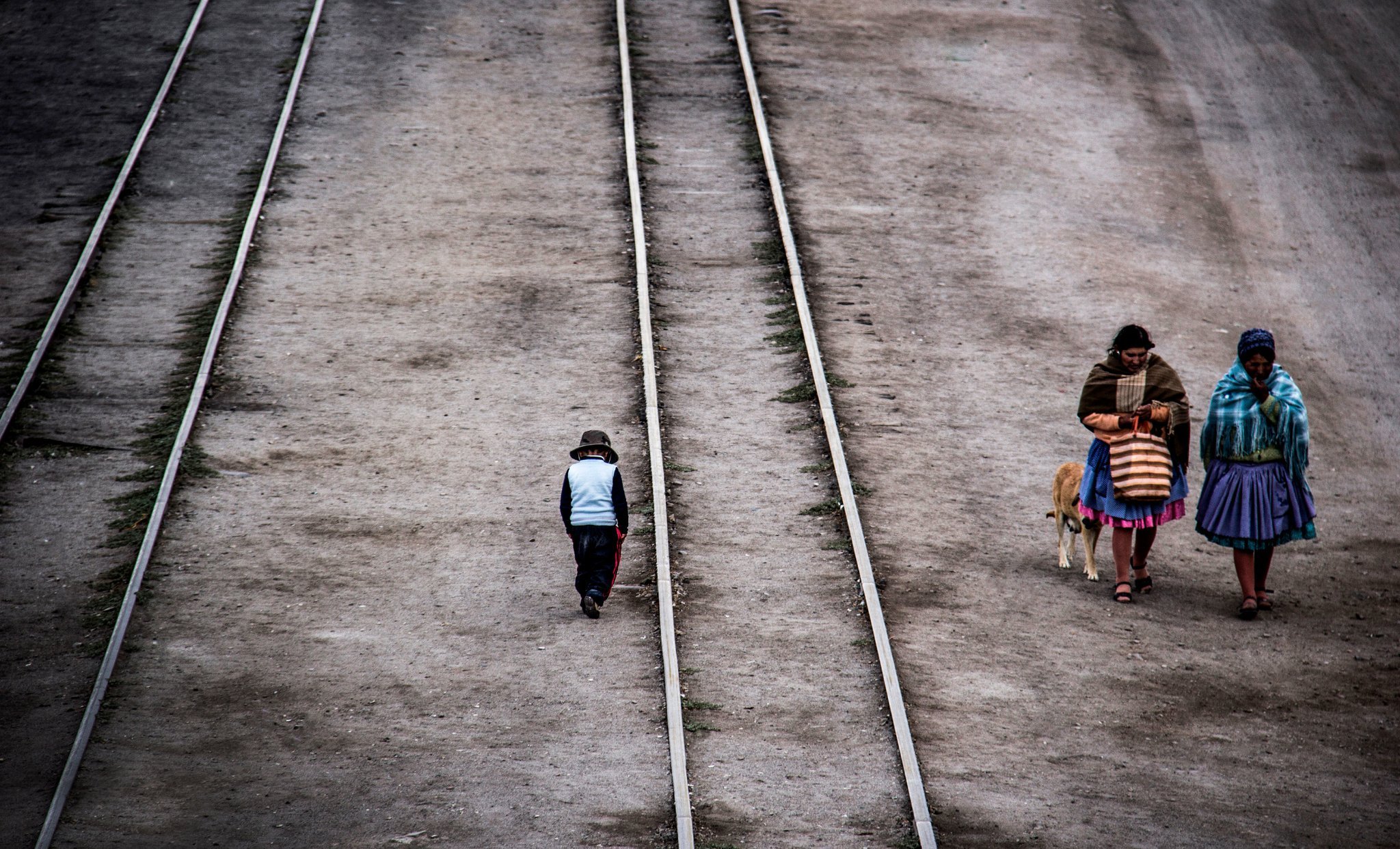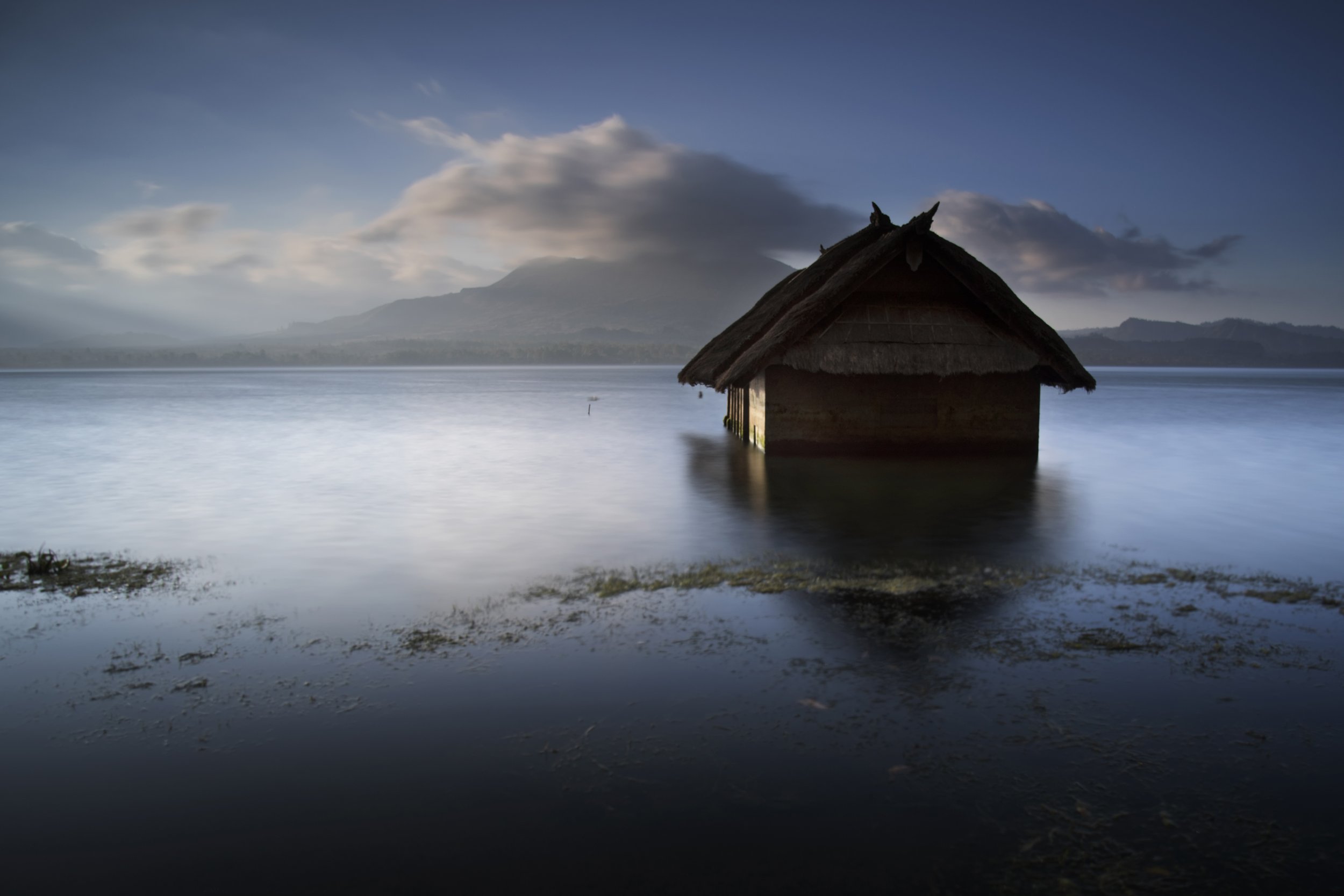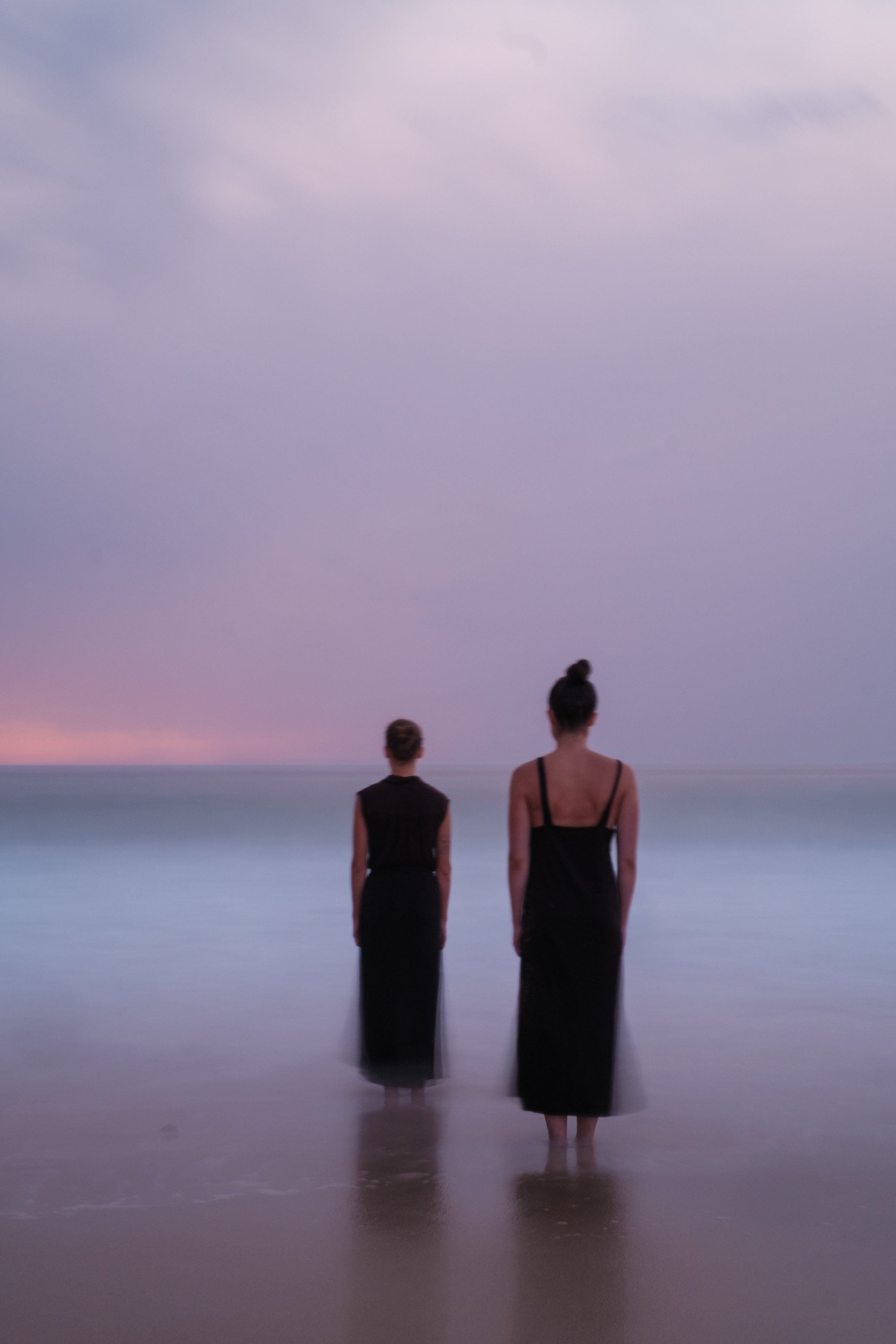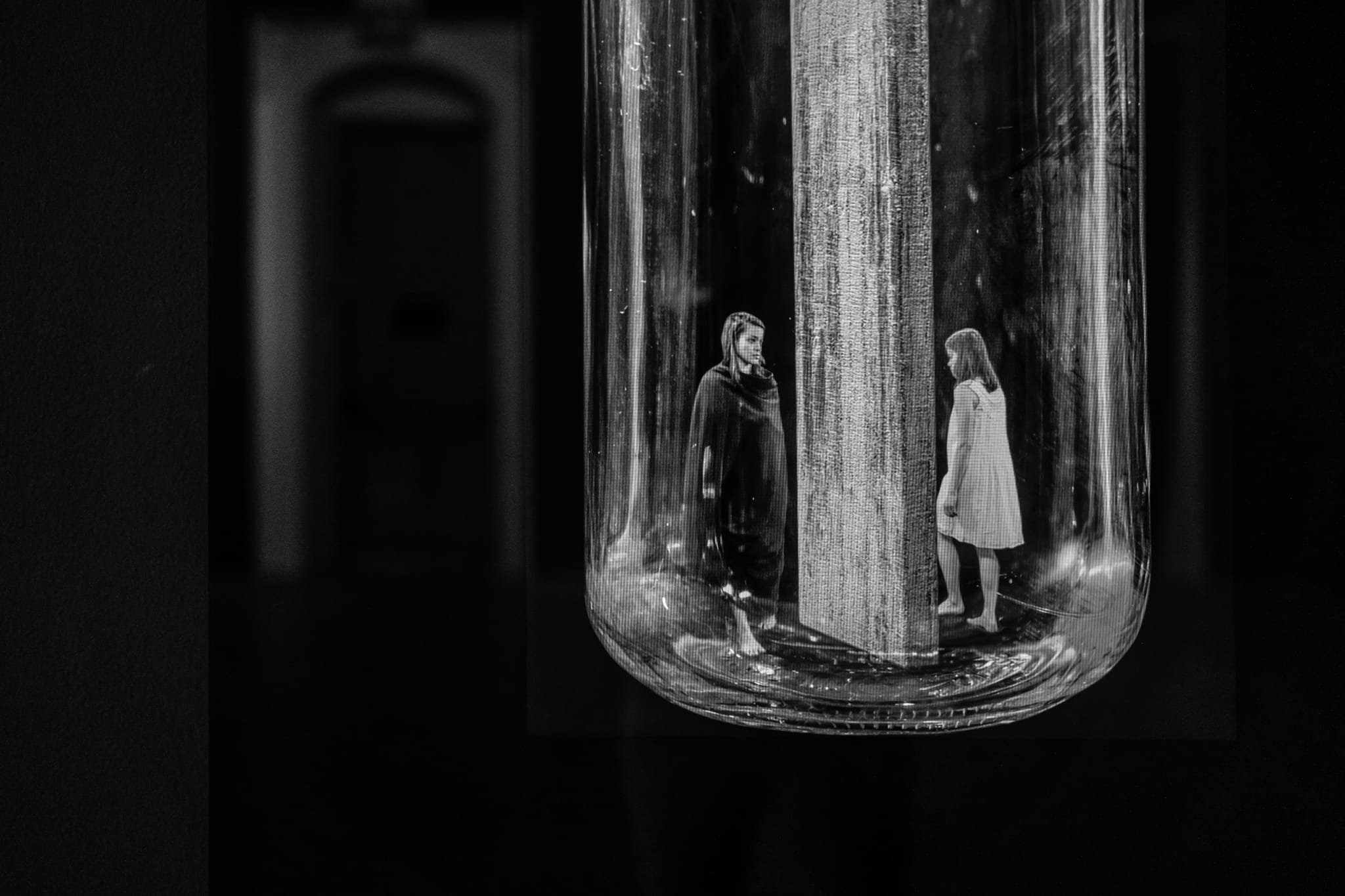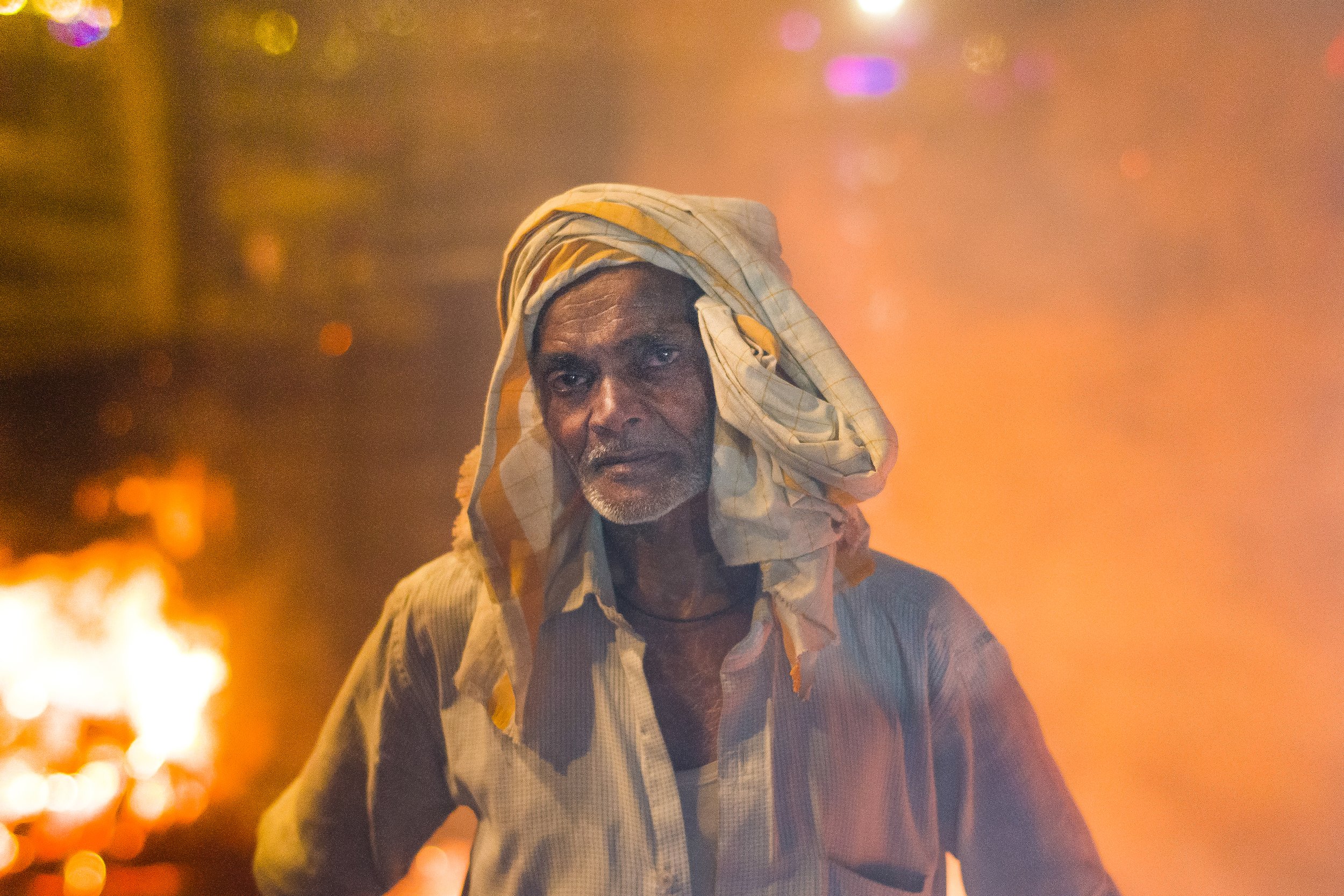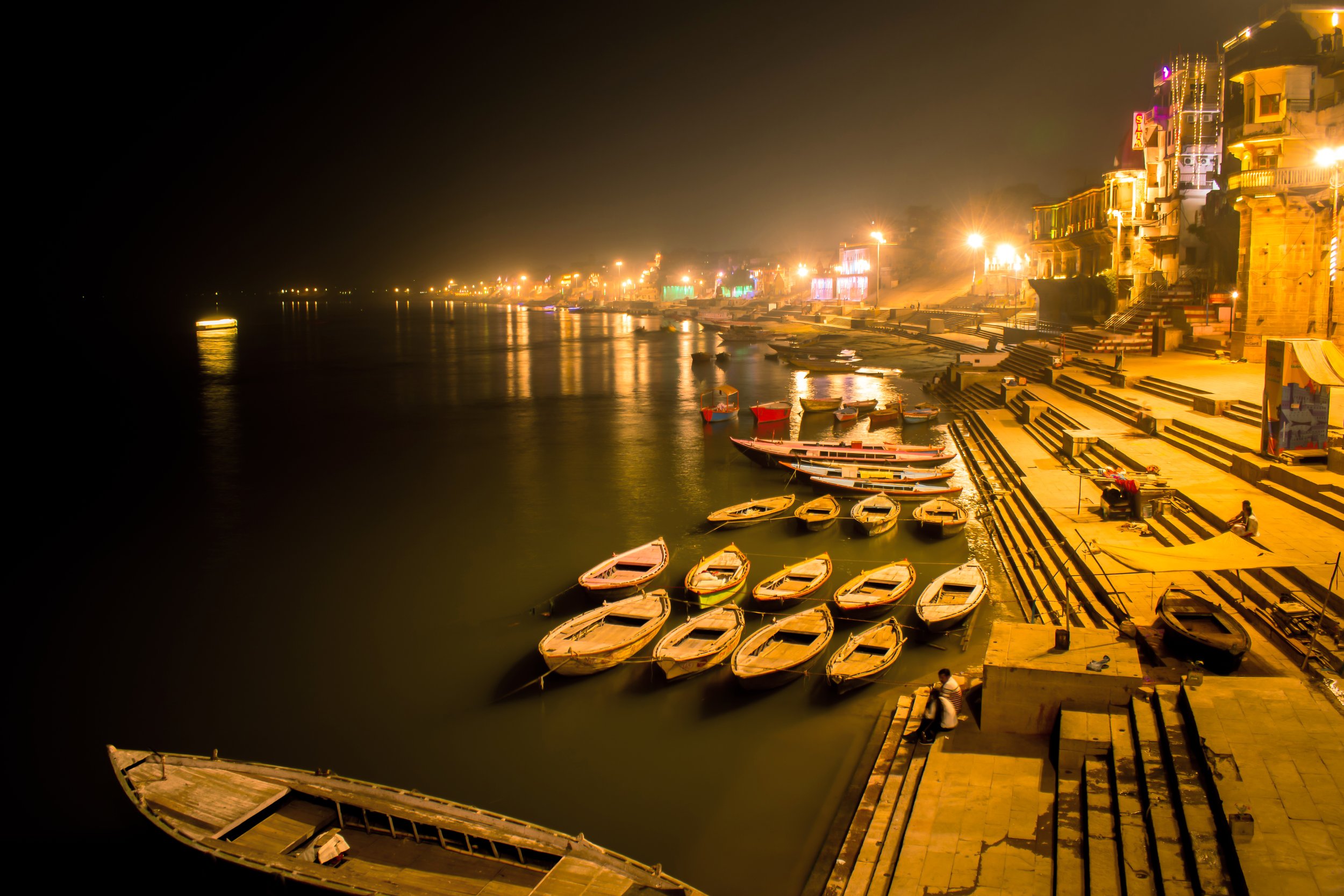This first ProgresFestival Photo competition was launched without drumbeats, without funds, without sponsors. It’s closed now and the votes have been cast, the winners decided. Thank you one and all for making this idea a worthwhile reality.
We are very happy with the beauty and diversity of the submissions but know that the standards next year will be even higher, as we draw the attention of more outstanding international street photographers.
Progressive-Street strives to be a platform that attracts and inspires both novice and accomplished photographers. We can all learn and support each other in this fast-paced world that is being pulled in all directions at once.
The chief characteristic of Progressive-Street is that it does not recognize any barriers between classic street, documentary and photojournalism. In fact, we have an “artistic” section, freestyle as its name suggests: Out of Bounds.
For now though, we celebrate the winners and other top selections without forgetting all those who participated and worked so hard to make all this possible.
Mark your calendars for next year. And there will be many pleasant surprises.
All the winning photos will be exhibited in the gallery gli Eroici Furori
WINNERS
ORNA NAOR (My Solitude) winner of Black and White category 2022
PAUL KESSEL (On The Line ) winner of Colour category 2022
SANTANU DEY (Solitary) winner of Artistic category 2022
Mindaugas Vasiliauskas (My Mind - My Company) winner of Street Series category 2022
All of the submitted photos were taken in Vilnius, Lithuania
Frans Kemper (Solitude Mind) winner of Artistic Project category 2022
Reviews
Orna Naor
Beautifully captured within the light of window, stands this pensive woman. She gazes not through the shutters to world beyond, her thoughts are within. She alone knows what she’s thinking. Perhaps of Manuel in the picture, hung upon wall. Or daughter long gone, only doll upon the seat, her memories to stir. Whatever the story, this is a superbly composed b/w image, enough light to tell the story, enough shade to enrich its meaning. Naor’s skilful portrait is both stark and empathetic, a caring depiction of solitudes. A worthy winner of this challenge.
Keef Charles
Paul Kessel
At first glance, this might not seem the obvious choice as pictures of busy streets can often seem little more than random snapshots. Whilst some might argue that this is not a particularly difficult picture to take, it is quite a difficult picture to 'see'. Kessel has made it more than just some people in a queue and by placing the hugging protagonists in the middle of the frame he invites investigation. Those around show different expressions but his is strong, powerful. It may simply be that he’s ill or bored but that doesn’t matter. He appears distraught. Even wrapped within the arms of what may be his partner, amidst this crowd, this man exudes solitudes. This story is open-ended - the viewer can decide. It reminds me a little of some of the Robert Frank pictures from 'The Americans' - simple on the surface but with hidden depths.
John Gill
Santanu Dey
My fave is Santanu Dey's image. I find it visually engaging, well composed and it has a wonderful dynamic feel to it. It evokes questions about what the relationships those depicted have with each other. So one wonders where and when it was taken but it also has strong symbolism about time and the fleeting character of Life. An image that stuck with me. Multilayered, meaningful and complex.
Michael Dressel
Mindaugas Vasiliauskas
Mindaugas works in this series coherently and interestingly with the human scale concerning the urban landscape, reflecting inevitable loneliness in contrast. Well made sequence.
Ximena Echague
Frans Kemper
In this artistic series Frans Kemper wanted to highlight the state of perennial loneliness that every human being feels. No one can enter another's head ... We can only know what’s in our own, but even then, not very well. The series is symbolist, using the number seven as the number of days of the week, the seven heavens of Judaism and the number seven as a magic number. A disturbing interpretation that struck all the judges.
Batsceba Hardy
Second Places – Single Categories
Mikael Carlsson – second prize of Black and White category 2022
Shimi Cohen – second prize of Black and White category 2022
Eric Davidove – second prize of Colour category 2022
Tali Nevo – second prize of colour category 2022
Magda Fulger – second prize of Artistic category 2022
Reviews
Michael Carlsson
My fave is Mikael Carlsson. I like that it depicts Solitude, unlike most other entries as a group phenomenon. There is a whole lot of solitude had by quite a lot of people. The pattern of the floor corresponds well with the theme and makes for a good B/W composition. It triggers different associations and thoughts for me.
Michael Dressel
Magda Fulger
Everything exists to an end in this image. Nothing superfluous. Minimal tones, implied diagonals. Content is intent. The interaction between the ephemeral atmospheric condition of the natural landscape, human-made structures and person as stark black silhouettes and a strong emphasis is a lovely composition that conjures solitude. Its deeper meaning ....purely subjective to the viewer.
Kevin Lim
Shimi Cohen
Shimi Cohen has an intriguing image that conveys a certain restlessness and isolation. It triggers the question and the observer's fantasies about what could happen—a remarkable portrait of children in the Jewish community.
Ximena Echague
Eric Davidove
Depressed (deflated) man sits slumped against shutters whilst someone in a massively inflated suit skips past. The face of the suit is neutral, the emojis on the breast range from happy to sad but the character seems comical, providing stark contrast in mood. Moreover, the street seems grey but ‘Mr Inflatable’ whiter than white and large enough to steal attention from much of the frame. This is a powerful image. Davidove’s picture is a treat of archetypal street juxtaposition.
Keef Charles
Tali Nevo
Tali Nevo’s photograph of a man living on the apparent margins of society strikes a chord with all of us who know that our fate hangs in the balance every day, and we could easily be consigned to this same solitude – riding the train to nowhere. The image could be much stronger with contrast – and perhaps the medium of B&W would have been a better choice. A powerful image, nevertheless.
Michael Kennedy
Third Places – Single Categories
Lil Steinberg – third prize in Black and White category 2022
Marci Lindsay – third prize in Black and White category 2022
Wendy Fischer Hartman – third prize in Black and White category 2022
Simone Christina Sander – third prize in Black and White category 2022
Edita Sabalionyte – third prize in Black and White category 2022
Ori Levi – third prize in Black and White category 2022
Laura Pierangeli – third prize in Colour category 2022
Santanu Dey – third prize in Colour category 2022
Debarun Biswas – third prize in Colour category 2022
Dipanjan Chakraborty – third prize in Colour category 2022
Don Scott - third prize in Colour category 2022
Nadia Eeckhout - third prize in Colour category 2022
Bernhard Wasem – third prize in Artistic category 2022
Nuno Lorga – third prize in Artistic category 2022
Ana Maria Prelipcean – third prize in Artistic category 2022
Lola Minister – third prize in Artistic category 2022
Marilyn Strauss – third prize in Artistic category 2022
Fernand De Canne – third prize in Artistic category 2022
Reviews
Lil Steinberg
This photo by Lil Steinberg holds a lot of Punctum for me. There is a red thread that takes us from the present picture to the larger painting by Raphael - Raffaello Sanzio, entitled the Sistine Madonna with the famous Two Cherubs at the bottom. The difference being Raphael’s pair of chubby cherubs – found at the bottom of the scene, is whimsically looking up. A haunting melancholia dominates this image. It is astonishing in its depiction of a certain kind of sadness - The profound kind of sorrow that only angels could feel is in itself disturbing enough and is made worse by sad child angels.
Kevin Lim
Edita Sabalionyte
This photograph by Edith Sabalionyte checks all the boxes in a powerful way. She evokes the solitude of the human condition in a very direct manner, using all the necessary elements of relevancy, technical ability, and impact.
Michael Kennedy
Marci Lindsay
Marci Lindsay’s shot is compelling. The guy, with a sad, faraway gaze looks determined to hang onto his glass of whisky, which definitely feels like it’s half empty not half full. The sense of solitude is heightened further, not only by the people together on the street beyond the window but also by the padlock and shutters, a reminder that when glass is empty he can stay no longer.
Keef Charles
Ori Levi
I think storytelling is a major thing in photography. Unless part of a series documenting something specific, I don't even think literal storytelling is necessary. I like the idea that a picture can be a gateway. The viewer can decide what's happening or they can take the time to find out more. This is a picture that invites that. I don't know if this picture is taken in the 'occupied territories or in central Israel but whatever one's views are on the rights and wrongs of the Arab/Israeli conflict I think the human aspect is paramount. News and documentary photography should always bear this in mind. It is too easy to reduce stories to statistics and eventually the audience loses interest. It is the same in Ukraine and with the pandemic - eventually, the human is secondary to the numbers. Images like this are a good counterbalance.
John Gill
Wendy Fischer Hartman
Perhaps the reason this image struck me immediately was because I had a lonely childhood and my best friend was a teddy bear. The One Way sign, the bear under her arm and the girl’s lost look all compound the sense of solitude. Even the cell phone in her hand doesn’t seem to offer any consolation.
Batsceba Hardy
Don Scott
An astonishing image. The lonely thinker with an iguana... will he be his mate? An encounter between two lost beings?
Batsceba Hardy
Simone Christina Sander
This b/w image of Simone Christina Sander almost throws you back in time one hundred years. The man’s attire appears dated, there’s no clue to the modern world in the scene. What you have is a stark sense of solitude, amplified by the simple, towering opening of the building, through which the man trudges.
Keef Charles
Laura Pierangeli (Documentary)
The magnificent composition of Laura reflects the confinement Both in the herd and the child. An image that invites you to think. A wonderfully resolved idea. This image is worth more than a thousand words.
Ximena Echague
Santanu Dey
I fell in love with this image at first sight. It plunges you into a surrealist fairytale: the man with the umbrella, the sheep as the protagonist. I heard her speak! The composition is theatrical and you can almost feel the stage curtain that’s about to be drawn. It is, in short, a magical image which speaks to us of two solitudes, that of the man who leaves and that of the sheep who remains.
Batsceba Hardy
Debarun Biswas
Debarun Biswas’ photograph speaks volumes about solitude in the modern world, and the use of color is especially compelling for suggesting a hellscape of ambiguity. The slightly upward tilt of the composition is extremely effective for creating a looming atmosphere of a world cloaked in an inferno of its making.
Michael Kennedy
Dipanjan Chakraborty
As if the sight of the dejected person moving into the distance wasn’t enough to make you feel his sadness, the scene also conjures up a sense of cold, with the mist hanging in the air. There is, sat bottom right of the frame, a hint of warmth but truth be told, this red poppy only exacerbates the sense of solitude, the man seems even more remote. A moving image.
Keef Charles
Bernhard Wasem
The exasperated cry of the mouth between buildings is like the eye between the fingers. It is photographic expressionism that needs emphasising to signify the emblematic solitude of mankind.
Batsceba Hardy
Nuno Lorga
The exasperated look of the eye between the fingers is like the cry of the mouth between buildings. It is photographic expressionism that needs emphasising to signify the emblematic solitude of mankind.
Batsceba Hady
Ana Maria Prelipcean
I really like this one. The softness and grain are very effective. The girl’s expression is perfect without looking posed.
John Gill
Lola Minister
Stood stock still, arms firmly clasped behind his back, this bedraggled, barefooted man appears calm at first glance. Lola Minister, however, understands there’s more to this than his quiet demeanour suggests. Look at the tempestuous sky of fire and storm she’s created, the murder of crows, the powerful sense of dystopia in this modern world. All is not well in this mind she tells you, in her powerful depiction of solitude.
Keef Charles
Marilyn Strauss
A troubled look in tired eyes. Two tattoos upon her shoulder, are they significant? Perhaps, like some Brothers Grimm fairytale, the artist speaks of two babes in the wood: their loss, her solitude.
Keef Charles
This photograph by Marilyn Strauss is undeniably powerful. Whether the motif is solitude, aging, the role of women in modern society, or what French sociologist Emile Durkheim (1858-1917) viewed as social disintegration, coined as “anomie,” Strauss evokes all this and more in a photograph as raw and emotive as a stark Irving Penn studio portrait.
Michael Kennedy
Fernand De Canne
This is very dramatic but works as a straight photograph. Could be a book cover or film still. The fact that there’s no obvious effect works in its favour. I’ve nothing against Photoshop, adding textures, double exposures etc but the idea that this is an art photograph that still has a real life authenticity appeals.
John Gill
Second Places – Series Street Categories
Andre Bogaert – second prize of Series category 2022
Corinne Spector – second prize of Series category 2022
Andre Bogaert
Corinne Spector
Reviews
Andre Bogaert
Most of Andre Bogaert’s photography is digital but he likes to give his photos a "film" look, a Tri X high contrast effect. This certainly amplifies the feeling of loneliness that pervades all of his work. Andre is definitely a photographer who moves in a solitary way and captures the loneliness and the sense of solitude well.
Batsceba Hardy
Corinne Spector
Corinne Spector is an inspiring photographer who seldom disappoints. While these photographs suggest solitude and all the potential meanings the motif can evoke, I feel they would have had more impact and the tonal quality could have been greatly enhanced by using more contrast. But that’s just my viewpoint, they represent a powerful take on the theme.
Michael Kennedy
Third Places – Series Street Categories
João Coelho – third prize of Series category 2022
Anne Launcelott – third prize of Series category 2022
B.D. Colen – third prize of Series category 2022
Deepbrata Dutta – third prize of Series category 2022
Alberto M. Melis – third prize of Series category 2022
Charles Lafrance (Rose) – third prize of Series category 2022
Deepbrata Dutta
B.D. Colen
João Coelho
Anne Launcelott
Alberto M. Melis
Reviews
João Coelho
João deserves to win any festival with his work as a photographer of the 'forgotten'. Here he only presented a few images, but these images were the result of multiple visits to this landfill. This street-born photographer is a true documentarian who deserves international attention for his sincere work in Angola
Batsceba Hardy
Anne Launcelott
This is Arthur's story, told in one day’s shots by Anne Launcelott. Up until the age of 10, Arthur had no contact with anyone other than his mother and brother. He lives now, in the twilight of his years, a hermitic existence. Every morning he goes out in his rowboat to get twigs to start his fire. He survives on very little. Anne bought him several pounds of flour to thank him for letting her into his home to photograph these sympathetic portraits. He bakes his own bread on this wood stove. I believe this series is a moving document, consistent with the theme of our festival.
Batsceba Hardy
B.D. Colen
The series of B.D. Colen tells us simply about our travels on public transport. A simple issue faced by many. He does it by focusing on the particular and always choosing a protagonist who isolates among others, with a sensitivity that makes us think of analogue shots.
Batsceba Hardy
Deepbrata Dutta
Deepbrata is a talented photographer. He chose this black and white series to talk about his India wrapped in the fog of pollution, which in that land turns into a mystical fog. The man alone represents humanity facing an empty and gigantic world.
Batsceba Hardy
Alberto M. Melis
I think Alberto's series is consistent and not just a seemingly random collection of images. He picked a limited theme that works well for the depiction of different facets of "Solitude" in the public sphere. His visual style is personal and not generic. The depicted situations are touching and have emotional impact.
Michael Dressel
Unfortunately, my feeling is that Alberto M. Melis went too far with Photoshop - a pity because the work could have been more powerful otherwise.
Ximena Echague
Charles Lafrance
This photographer is the photographer of loneliness. It is evident in all his images. In fact you could say that almost all of his images are part of one massive, ongoing series: the man alone in the midst of what he has built. What has always struck me is that within these images of the city forest, by Charles Lafrance, you feel that nature somehow reverberates and finds its way out into the open.
Batsceba Hardy
The images in the series are in deep shadow, brooding and transcend the cityscape to render visible the internal urban state of mind as a psychological portrait of the city. Devoid of any direct reference to where it is as a physical space, they capture moments of introspection and isolation of any and of ALL modern cities. I like the use of grand scale as a visual tool in this particular body of work because it’s a testament to the fact that a photographer need not travel to the ends of the earth to find something interesting to shoot. Charles reminds us that dedication and loving attention to craft and creativity is of utmost importance.
Kevin Lim
Second Places – Artistic Project Categories
George Koulouridis – second prize of Artistic Series category 2022
Macidiano Céspedes – second prize of Artistic Series category 2022
Macidiano Céspedes
Reviews
George Koulouridis
The photographs by George Koulouridis share strong similarities with the submission by Marilyn Strauss – for many of the same reasons. Koulouridis’ technical ability in B&W is superb and shares cinematic qualities remindful of both Federico Fellini (1920-1993) – especially Marcello Mastroianni on the beach in La Dolce Vita (1960), and John Ford’s use of the Red #25 filter he used in his classic B&W Hollywood westerns shot on location in Monument Valley, like My Darling Clementine (1946). Koulouridis is a powerful B&W photographer.
Michael Kennedy
Macidiano Céspedes
I received this project and immediately loved it. I let the photographer do the talking (B.H)
Canera from the lunfardo "cana" which means prison. Canera is called the female visitors who enter the prison.
"I get up at five in the morning to cook fried fish with yucas, which is one of my husband's favourite dishes, then I go to the market to buy permitted fruits such as bananas and oranges, at six in the morning I'm already doing my queue to enter the prison. Sometimes it's stressful, the lines are never ending and endless, the killer sun and the earth ruin your skin but the only consolation is to get there and meet my partner again, once there you forget about the long lines, the sun, and the land and until next Sunday “ Comments Guisella D. who, like other women, goes every Sunday to visit their inmate relatives in the Picsi prison in the city of Chiclayo.
“My parents don't know that I'm coming to visit my partner, they don't want it, I tell them I'm going to work. The day before, I hide my skirt and sandals at a friend's house. Once in Picsi I change my clothes to be able to enter, other times I rent the skirt and sandals otherwise they won't let me visit my partner ". Z.C.
The visitors is a documentary project which portrays women in a conceptual way, before entering the penitentiary centre. They can be mothers, wives, daughters or sisters, regardless of the stigma. Adversities, and police controls that include marks and stamps on their arms every Sunday are faithful to their relatives deprived of liberty.
Third Places – Artistic Project Categories
Pia Parolin – third prize of Artistic Project category 2022
Maude Bardet – third prize of Artistic Project category 2022
Christophe Thin third prize of Artistic Project category 2022
Peter Hilden - Lockdown (my home is my castle) third prize of Artistic Project category 2022
Pia Parolin
Maude Bardet
Christophe Thin
Peter Hilden
Reviews
Pia Parolin
Nine and a half weeks: The Corona virus came in through the back door. Isolation, pain in the chest, loneliness, a blurred perception of reality, the desire for freedom and for the end of this pandemic. One thing remains immune: freedom of thought.
It makes a very cohesive series and I could see it in a book alongside the women’s stories. It goes without saying that the pictures are very well done but it is the thematic strength that makes it the first choice for me. Lockdown pictures, I think, are very hard to do well. By its very nature lockdown lends itself to the theme of solitude and isolation. Depicting this in a personal way that is artistic and different is the tricky part. I think this series gets one person’s emotional state across very well. I’m not sure that individually the pictures are the strongest but, to me, photography is more about mood and emotion than anything else, and in this regard, this is a very worthy recognition.
John Gill
Christophe Thin
I find Christoph Thin series visually stimulating and consistent even though every image can stand for itself. The images evoke associations and meanings without giving easy answers. The images echo and are not forgotten immediately. The relationship between the architectural form and figures fits the theme of Solitude well in my opinion and in a way that doesn't follow the usual cliches.
Michael Kennedy
Maude Bardet
A photograph is by nature a fragment. A standalone, a frame, a slice. Maude Bardet’s photos are photographs of fragments. They are excerpts from a world that they carry with them an invitation to reflect on and even to reconstruct former environments and totalities. She invites us to consider that there are no individuals in the world only fragments of community and what is lost can always be filled in by someone who knows that a fragment is not a fraction but a whole piece, a full harmonious unit in itself.
Kevin Lim
Peter Hilden
This conceptual tale by Hilden takes me back to the seventies, when the documentation of everyday life was a constant theme in artistic expression. The pandemic has brought creativity back to simpler but at the same time deeper reflection. It made us leave behind many of the plastic effects of this time made up of a people of clones that model other clones created by the marketing of those who hold the economic coffers.
Batsceba Hardy
Considered
Niklas Lindskog
Jess Golden
Enric Mateu
Limor Zadok
Martin Agius
Eric Davidove
Pia Parolin
Dov Oron
Gerri McLaughlin
Wilfried Gebhard
Xav Beaumont
Anne Worthington David. The Tabernacle. Mersey Street
Never Edit
Jan Ponnet
Robin Bernhardtz
Neville Fan
Irina Escoffery
Richard Keshen_Solitude Comes In All Shapes
Evgeniy Bushmakin
Aurélien Bomy
Pablo Abreu
Federico Borobio
Dzung Viet Le
Jay Tanen
Mateo Candia
Miguel Ángel Franco Dana
Oliver Barnjak
Anna Lisa Lohmann-Drawing-attention
Bruno Lavi
Gülen Erendag
Wendy G Davies
Britta Kohl-Boas
Andrea Ratto
Baruch Gian
Grace Ho
Mikael Carlsson
Sax Palumbo
Corinne Spector
Bernardo Tomé
Aurélien Bomy - series
Jeffrey De Keyser
A special recognition to the youngest photographer, Shubhodeep Roy. He is only 21 and has already collected many awards.
Compulsion
Cremation In The Ghats Of Varanasi
Destiny
Eternal Flame
Nightfall
The Corpse Burners of Varanasi
- Shubhodeep Roy
An Excerpt From My Ongoing Project -
A Place Where Death Is Celebrated
Lying in the south of the state of Uttar Pradesh, in India on the banks of the holy River Ganga, breathes Varanasi, which is believed to be the oldest living city in the world. For centuries, the mysticism of this place has been attracting pilgrims from across India as well as abroad. Everyday scenes alongside the banks of the Ganges River in Varanasi, India, prove death can sometimes be nothing to bat an eyelid at. Here death is celebrated in a sense it is seen as liberation and salvation from the cycle of birth and death. It is believed that cremation in Varanasi is so pious that it ensures salvation.
Manikarnika in Varanasi is a Ghat (Steps leading down to the holy water) where dead bodies are cremated it is the largest and most auspicious cremation Ghat, around 100 bodies are cremated on wooden pyres along the river's edge. Throughout the day and night, one can see three or four funeral pyre flames burning bright. The Ghat operates around the clock, every day of the year. The smell of dead bodies and clouds of black smoke fill the air around these cremation grounds. Funeral pyres have existed there for thousands of years, and they burn non-stop.
In Hindu custom, it is believed that the path to liberation for a soul is attained if the physical body is burnt at death at Manikarnika Ghat.
The Doms, a low-caste community of corpse-burners are the caretakers of the place.
The task of burning is arduous. Doms belong to the lowest ranks of the Hindu caste system. They earn their livelihood through the “business of death”.
In Varanasi, the profession of cremating bodies is carried forward through the law of inheritance. Their dreams have been shattered because of their caste, they couldn’t become anything other than corpse burners, making them accept that earning a livelihood at the cremation ground, is their only choice.
"Dom". This is the name that is given to morticians in the Hindu tradition. From time immemorial they are the outcast in Hindu society. Since childhood we are taught that they are "untouchables"; they belong to a different society. We consider ourselves to be people coming from a higher class, while we look down upon them to such an extent that we don't even consider them humans.
However, we don't realize that these so-called "untouchables" are the ones who help us to perform the funeral rites of our loved ones. They pave the way for the departed souls in their heavenly journey. While we use them for our own interest, we don't even pause to think about their feelings. We never try to feel the pain they face due to their social isolation. Their entire life is spent bearing the disdain that we hurl upon them. How hard they try, they fail to escape their fate.
The time has come to change this age-old orthodox mindset. We must realize that they are our true friends who stand by us during the most painful hours of our life. Can't we do away with the social pretense of "high" and "low" and embrace them as an indispensable part of human society? Can't we say, "let us be a man for a man?"
My Statement
In my sub-project “The Corpse Burners Of Varanasi”, an excerpt from Varanasi, A Place Where Death Is Celebrated. I have tried to shed light on the lives of Cremation ground workers, of Varanasi, India, The people who are forced by hunger and poverty to work as a corpse burners. The people who are earning their livelihood through the “business of death”.
They have been a victim of social inclusion and poverty by birth, their dreams have been shattered because of their caste, and they couldn’t become anything other than corpse burners because they are generally considered lowest in the caste hierarchy and often become victims of untouchability. Dreaming for a better life is unimaginable for them. For the Doms, untouchability is still a reality which they face almost every day even in Varanasi where they have been living for centuries. They are abused and humiliated by the upper castes.
This set of photographs is very personal to me, all the photographs have made significant changes in my life and my outlook on it. I have just tried to tell those unknown stories of suffering and pain through my photographs. I don't even know whether this will make even any slight change in their life or not, but all I wanted was to tell their stories, I wanted their stories to be heard. I wanted to tell the world how this community of people is facing social inclusion, and how they are in poverty just because of their cast, I still remember a member from that community quoting that "This is all that they have been taught -- to burn dead bodies. This is what they are good at. They have no hope of education and no scope for improving their standard of living,” one also said that "Not a single Dom would want their kids to pursue burning corpses as a career. But do we have any other option? We have been exploited over the years and probably the same is going to continue. Upliftment of our status is difficult."
Discriminatory and cruel, inhuman, and degrading treatment of hundreds of communities in India has been justified on the basis of caste. Caste is descent-based and hereditary in nature. It is a characteristic determined by one's birth into a particular caste, irrespective of the faith practised by the individual. Caste denotes a traditional system of rigid social stratification into ranked groups defined by descent and occupation.
I am feeling proud to act as a voice for those socially backward human beings. I still believe and have hope that the mindset will change and someday, all the humans in the world will be treated equally, with wisdom, justice and love.
I strongly believe in the power of photography to change people’s perspectives toward social changes and issues. My photographic journey is not only to capture the social, political and financial issues and conflicts but also to portray the artistic beauty and enduring power of the human spirit. I am on an endless journey of documenting the untold human stories through my lens. All I wanted was to tell their stories on their behalf.


















